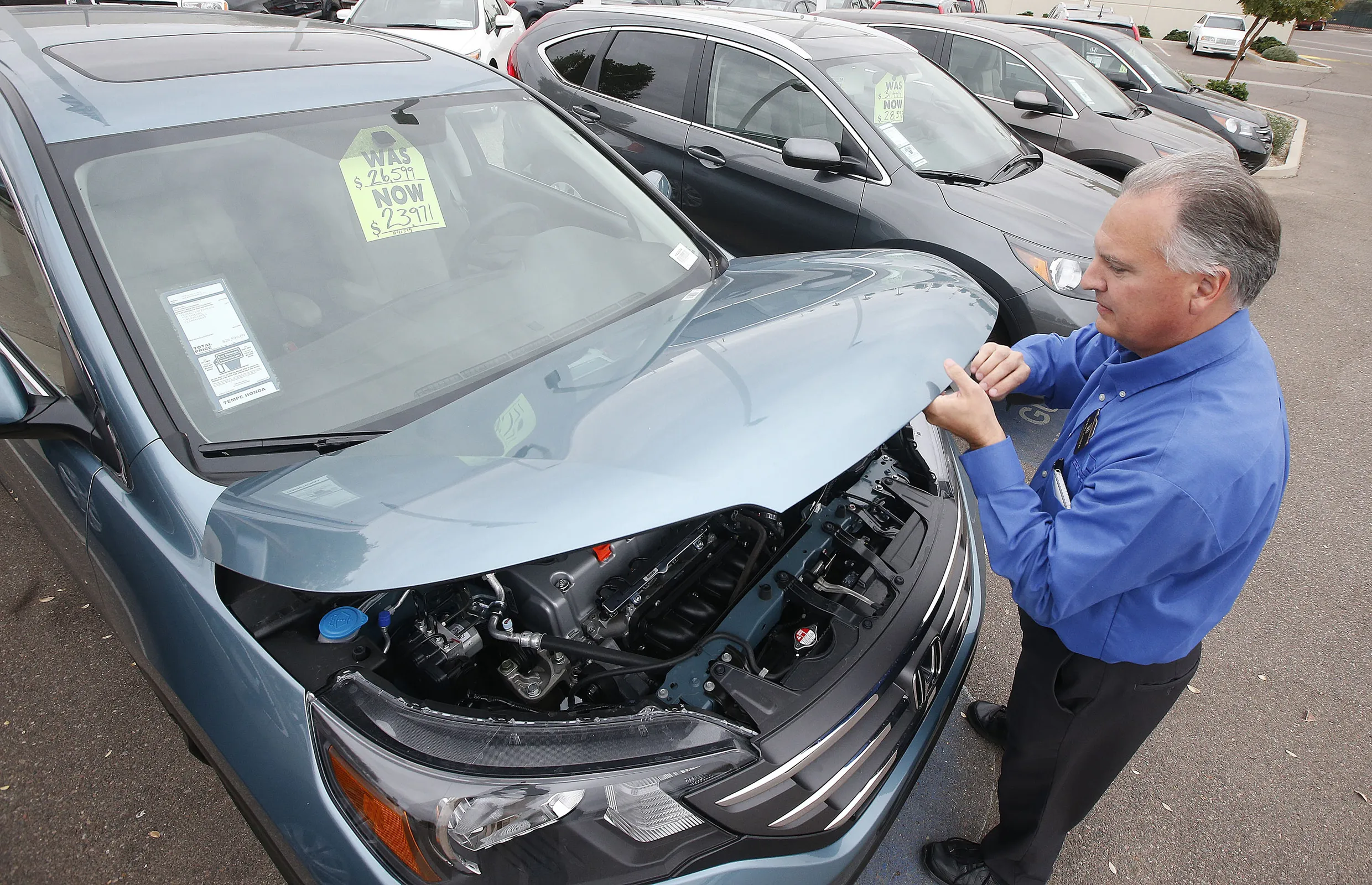American car owners often find themselves grappling with outdated warranty models that fail to meet their evolving needs. While car warranties are designed to offer protection and peace of mind, the traditional models in the U.S. can be restrictive and inadequate.
Factors such as limited coverage periods, complex terms and conditions, and lack of adaptability contribute to the inefficacy of these warranty models. This article look into the reasons why American car owners are stuck with outdated warranty models, examining the impact on consumers and potential solutions to address these issues.
One of the primary reasons American car owners are stuck with outdated warranty models is the limited coverage periods offered by manufacturers. Most standard warranties cover a new vehicle for a period of three to five years or up to a certain mileage, whichever comes first.
This timeframe often falls short of the average vehicle ownership period, leaving car owners unprotected for a significant portion of their vehicle’s lifespan. As a result, consumers are forced to purchase expensive extended warranties or risk bearing the cost of repairs themselves once the initial warranty expires.
Also Read: 10 Future Concept Cars That Redefine Innovation and Automotive Design
The complex terms and conditions associated with traditional warranty models further exacerbate the problem. Warranty agreements are often filled with legal jargon and stipulations that can be difficult for the average consumer to understand.
These complexities can lead to confusion and frustration when attempting to make a warranty claim. Additionally, many warranties contain numerous exclusions and limitations, such as not covering wear-and-tear items or requiring specific maintenance procedures to be followed.

This lack of clarity and comprehensiveness undermines the value of the warranty and leaves consumers feeling unprotected. Another factor contributing to the persistence of outdated warranty models is the lack of adaptability to modern vehicle technology.
As vehicles become more advanced and incorporate sophisticated technology, traditional warranties may not adequately cover the repair and maintenance needs of these systems.
For example, factory-installed technology such as advanced driver assistance systems (ADAS) and infotainment systems can be costly to repair and may not be fully covered by standard warranties. The failure to update warranty models to reflect the changing world of vehicle technology leaves consumers vulnerable to high repair costs.
The influence of the automotive industry and its resistance to change also play a role in maintaining outdated warranty models. Manufacturers and dealerships often benefit financially from the sale of extended warranties and service contracts, which provide additional revenue streams.
This financial incentive can discourage industry players from offering more comprehensive and consumer-friendly warranty options.
Additionally, the competitive world of the automotive industry, where manufacturers prioritize profit margins and sales targets, can hinder efforts to innovate and improve warranty models.
The impact of outdated warranty models on consumers is significant. Car owners may face unexpected and substantial repair costs once their standard warranty expires, leading to financial strain.
The lack of comprehensive coverage and clear terms can also result in disputes and delays when making warranty claims, causing frustration and inconvenience.
Furthermore, the inability to adapt to modern vehicle technology can leave consumers with inadequate protection for expensive and essential vehicle systems.
Potential solutions to address the issue of outdated warranty models include extending coverage periods, simplifying terms and conditions, and updating warranties to reflect modern vehicle technology.
Manufacturers can offer longer standard warranties that align with the average vehicle ownership period, providing consumers with greater protection and peace of mind. Simplifying warranty agreements and clearly outlining coverage and exclusions can enhance transparency and reduce confusion.
Additionally, updating warranty models to include coverage for advanced vehicle technology can ensure that consumers are adequately protected as vehicles evolve.
Also Read: 8 Best Hybrid Cars Coming in 2025 That Blend Power and Efficiency

